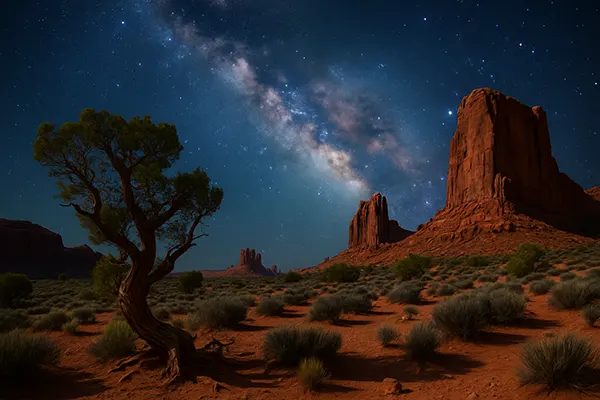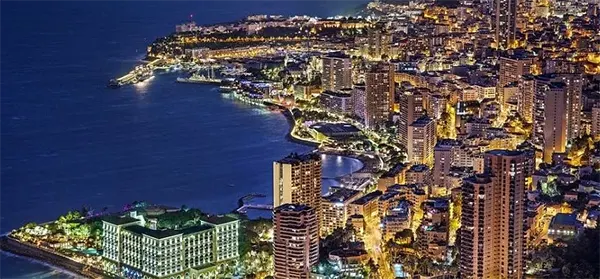
See the Northern Lights in 2025 Without Going to Iceland
With travel costs to Iceland and Norway continuing to rise, many travellers are rethinking their plans to witness the magical Northern Lights. Fortunately, 2025 brings exciting, budget-friendly alternatives across Europe that offer just as spectacular a view. If you’re planning your next aurora adventure, here’s a detailed guide with real, practical information to help you explore cheaper yet authentic destinations where you can still chase the aurora borealis.
Alternative Northern Lights Destinations in 2025
As the cost of visiting traditional aurora hotspots grows, several lesser-known but highly suitable destinations are emerging. Countries like Latvia, Estonia, Finland, and Scotland offer clear skies, minimal light pollution, and increasing tourist infrastructure, all without the hefty price tags of Iceland or northern Norway.
In Latvia, head north to the Alūksne region, close to the Estonian border. The area boasts rural landscapes, quiet nights, and a high enough latitude to catch the aurora during solar activity peaks. In Estonia, the island of Saaremaa is gaining attention for its dark skies and natural beauty, ideal for a winter visit.
Lapland in Finland remains a favourite, but skip the expensive resorts. Towns like Kittilä or Inari offer authentic experiences and more reasonable accommodation. Finally, in Scotland, Caithness and the Isle of Skye provide excellent chances for sightings, particularly during cold, clear nights in the early year months.
When and Where: 2025 Northern Lights Calendar
Timing is everything when it comes to aurora hunting. In 2025, the Northern Hemisphere’s prime viewing window stretches from September to March, with stronger geomagnetic activity expected due to the solar cycle nearing its maximum. January and February are statistically the best months, offering the clearest skies and darkest nights.
For Latvia and Estonia, plan your trip between mid-October and late February, particularly after strong solar storms. Finland’s Lapland provides a longer window — from early September through late March. Meanwhile, in Scotland, chances improve during clear spells between November and February, especially around the new moon.
Use aurora forecast tools like NOAA’s Space Weather Prediction Center or the AuroraWatch UK app. These services provide real-time updates and alerts, helping you plan each night based on actual solar wind and geomagnetic data rather than guesswork.
How to Capture the Aurora on Your Smartphone
Today’s smartphones are surprisingly capable of capturing the Northern Lights if you know how to tweak their settings. Most recent models from Apple, Samsung, and Google have manual or ‘pro’ modes that allow longer exposures and focus control — both essential for photographing the aurora.
First, stabilise your phone. A tripod is ideal, but even a flat surface or rock can work. Next, adjust the exposure to around 10-20 seconds, lower the ISO to reduce noise, and set manual focus to infinity. Apps like NightCap (iOS) or ProCam X (Android) can give more precise control than your phone’s default camera.
Avoid using flash, keep your device warm (cold batteries drain faster), and take several shots to increase your chances. Raw formats offer more editing flexibility later. Don’t expect DSLR-level quality, but with the right setup, you can get stunning images perfect for sharing or printing.
Beginner’s Gear Checklist
Start with the basics: a stable tripod, a power bank, and a weatherproof case. Cold conditions can be brutal on electronics, so insulating your phone or using a hand warmer pouch helps extend usage time. Gloves that allow touchscreen control will also make a huge difference.
If your phone supports it, shoot in RAW mode. This allows for more flexible editing afterwards without loss of quality. Additionally, consider downloading star-tracking apps or aurora forecast tools for better alignment and timing.
Lastly, bring a lens wipe. Snow and condensation can quickly ruin shots. Keeping your lens clean ensures the aurora’s green and purple bands are captured in sharp detail. Preparation makes all the difference when the lights start dancing.

Planning a Budget Aurora Trip in 2025
Travelling to see the Northern Lights doesn’t have to mean overspending. Budget flights to Tallinn, Riga, or Edinburgh are widely available from across Europe. Booking early and flying midweek often leads to the lowest fares. Additionally, use local transport and stay in guesthouses or cabins to keep costs down.
In Estonia and Latvia, public transport connects major towns with aurora-friendly rural areas. In Finland, try shared taxis or regional buses to reach northern towns. Scotland’s train routes and local buses cover much of the Highlands affordably, especially with off-season passes.
Food and equipment rentals are also cheaper outside the main tourist zones. Avoid packaged “aurora tours” and instead use forecast apps to guide your own journey. Many rural inns even offer wake-up calls when the lights appear — an excellent bonus without additional fees.
Best Travel Periods and Booking Tips
To maximise savings and sighting chances, plan travel in January or February 2025. These months align with solar activity peaks and typically lower travel demand after the holidays. Be flexible with dates and choose destinations based on weather trends, not just popularity.
Set up fare alerts via flight search engines and consider flying into secondary airports. Combine travel with other winter activities like snowshoeing or visiting thermal spas to enrich your trip without significant extra cost.
Lastly, always check aurora conditions daily before venturing out. Many accommodations now offer nightly forecasts and even direct SMS alerts. With the right timing and tools, a trip to see the Northern Lights can be both unforgettable and affordable — without setting foot in Iceland.




